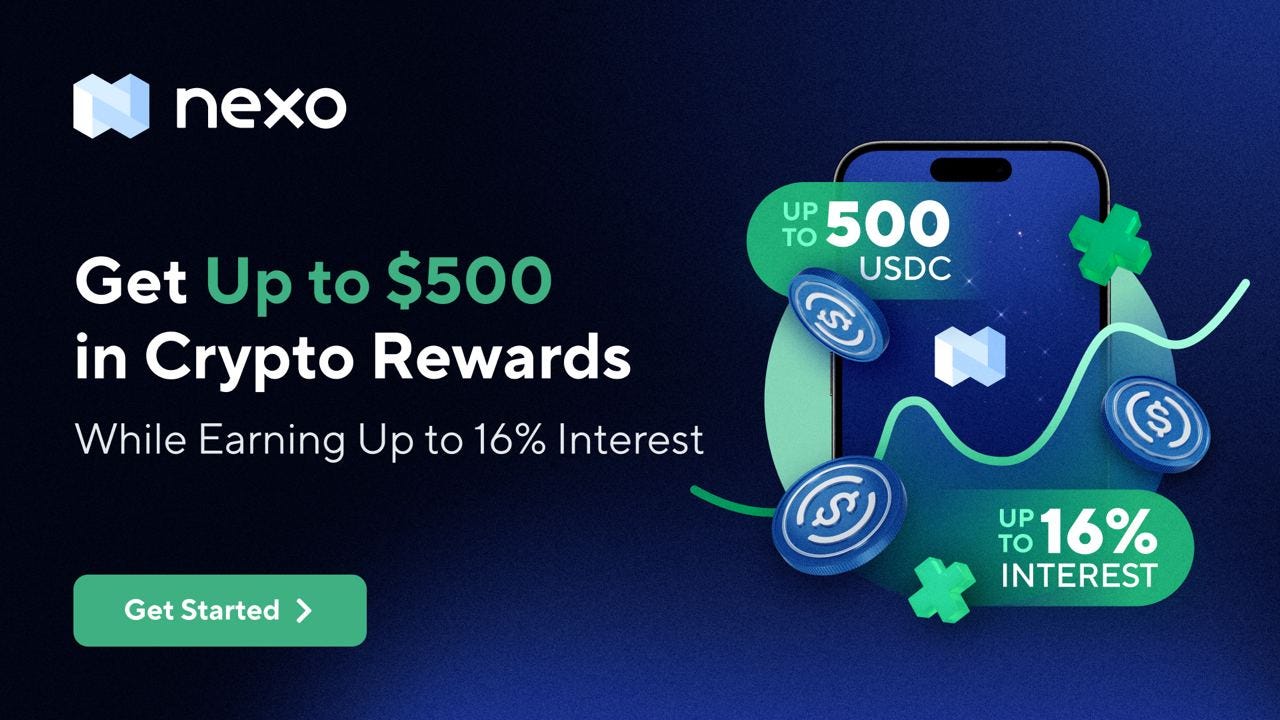Cancun Upgrade Unleashes Dynamics: The Evolving Landscape of Layer 2 Ethereum Post-Upgrade

Author: @tmel0211
Source:
https://twitter.com/tmel0211/status/1739477985756115178
Recently, Layer 2 has finally come to life, with tokens like $OP, $ARB, $METIS shining brightly, reminiscent of the Show Time on the eve of the Cancun upgrade.
Why did the competition among Layer 2 projects truly begin after the Cancun upgrade, and how will the market dynamics evolve for Layer 2 post-Cancun? Let me share my thoughts:
1. The implementation of EIP4844 Proto-Danksharding proposal in the Ethereum Cancun upgrade will provide a “quality” boost to Layer 2 Rollup projects.
By introducing the Blob space new data structure, it iterates on the limitations of relying on calldata for data storage, while also enhancing Ethereum mainnet’s data availability capabilities.
Compared to calldata’s full-node storage structure, Blob is designed as temporary storage for partial nodes. This significantly increases the data limit that Layer 2 can submit to the mainnet in a single transaction, expanding its TPS. Since Blob is temporary storage, data storage efficiency improves, and storage costs decrease. The enhanced data availability capability is sufficient for handling the fraud proof time window of OP-Rollup, which is 7 days.
As a result, the transaction volume submitted by Layer 2 to the mainnet in a single transaction will significantly increase, and the cost per user will decrease noticeably. Before the Cancun upgrade, Layer 2 boasted about its TPS in testing environments, but users experienced poor gas fee efficiency, making Layer 2 seem less impressive.
After the Cancun upgrade, Layer 2 projects no longer face the performance bottleneck of the mainnet, and they can no longer use the mainnet limitations as an excuse. TPS and gas, hard metrics, will directly test and reshape the competition landscape for Layer 2.
This is why I emphasize that after the Cancun upgrade, the competition in the Layer 2 landscape truly begins;
2. After the Cancun upgrade, the fierce competition within the Layer 2 market intensifies, with new players challenging the existing OP+ZK landscape.
The decentralization of Sequencers has been a focus of the market, and it turns out that in the strong field of OP-Rollup, the decentralized Sequencer has become a form of social consensus with Stack alliance characteristics.
Regardless, even though people criticize Optimism for its lack of decentralization, its market success with OP-Stack seems to be able to reverse the situation. However, can we say that OP-Rollup is the entirety of Rollup? Obviously not. The more reasonable market trend is that the success of OP-Stack will be further magnified, and where OP-Stack falls short, there will naturally be other contenders.
In recent days, providers of decentralized Sequencer solutions for Layer 2, such as @MetisDAO, have shown remarkable performance in the secondary market, with a 7-day increase of over 100%, and its TVL locking data has also risen to $540 million, approaching zkSync. Why?
The core business logic is simple: since OP-Rollup has not made progress in the decentralization of Sequencers, as a contender, proposing a reasonable decentralized Sequencer solution is its market space.
Because the issue of decentralization of Sequencers is related to the credibility of Layer 2 transaction submissions and the security of Layer 2 transactions interacting with the mainnet. If we set aside the “root” issue, the TPS and gas fees after the Cancun upgrade seem like “castles in the air.” I don’t deny Optimism’s success in the Stack strategy, but the decentralization issue of Sequencers will always have other disruptors to solve.
Metis operates multiple Sequencer backup nodes through POS staking, and the nodes compete for block rewards through an election mechanism, while misconduct will be punished with slashing. This POS consensus binds each Sequencer as an interested party into a community of common interests. The Metis Foundation uses Token incentives, allocating 4.6 million $METIS tokens to incentivize Sequencer mining, new project deployments, and other subsequent ecosystems.
Compared to Optimism, Metis has a lower market value and doesn’t directly compete with OP head-on. It only focuses on decentralized Sequencers, which opens up a broad market space.
Metis is just a recent prominent example. In my opinion, after the Cancun upgrade, the market size of Layer 2 will further expand, and new players in Layer 2 will use various strategies to grab a share from OP and ZK. The Layer 2 track will be rolled out into a new horizon, with more opportunities on emerging Layer 2 platforms.

(Sponsored by NEXO. Sponsorship does not represent the views of WuBlockchain and does not constitute financial advice from WuBlockchain. Readers are requested to strictly abide by local laws and regulations.)
3. Layer 2 is gradually evolving towards modularity, breaking through orthodoxy, and heroic Layer 2 will be replaced by a broader Layer 2.
I have mentioned in several articles before that the core of Layer 2 is Ethereum’s DA capability. If full nodes on the mainnet do not participate in the verification of Layer 2 data security, the mainnet becomes a “bulletin board,” and Layer 2 cannot inherit the security of the mainnet. Therefore, Layer 2 relying on Ethereum’s DA is a heroic Layer 2, and those escaping the scope of Ethereum’s DA are a broader Layer 2. (In a more radical view, it may not be recognized as Layer 2.)
However, when the Layer 2 market reaches a certain size, the pure orthodoxy of Ethereum Layer 2 may be broken. Just like the Fraud-proof challenge of OP-Rollup, which has not faced practical challenges, it can be selectively ignored by the market. Technology is just one part of business logic; the market and ecology have the final say. Just like Optimism can always work miracles in the name of optimism.
This means that third-party DA solutions will invade Layer 2 after the Cancun upgrade, including @CelestiaOrg’s third-party DA solution, @EspressoSys’s shared Sequencer solution, and others. Although everyone is unwilling, the business logic of modular evolution will gradually break the defense line that Ethereum mainnet can hold.
The focus of the OP-Stack stack is to achieve shared Sequencers. In the future, the more OP strategic alliances, the larger the interests it can capture through Sequencers, and conversely, the larger the multiple interests involved, the more constraints this social consensus will become beyond technology. It will solidify Optimism in a big brother position;
The focus of the ZK-Stack stack is to achieve a shared Prover system. Its own DA capability and third-party DA capabilities like Celestia’s, of course, the limited DA capability of the mainnet, will all belong to the strategic circle of ZK. Its development focus is the new multi-chain ZK landscape of Layer 3 Hyperchains, and who provides the DA is not critical.
Their profit orientation determines that they don’t really care where the DA is, and only Ethereum’s mainnet cares about DA. So, faced with Celestia’s continued raid on the DA market, Vitalik shouts for Plasma+ZK, but OP+ZK, busy with strategic expansion, doesn’t care about these. They only care about how large the Layer 2 camp covered by their Stack strategy is, after all, RaaS is the ultimate business of Layer 2.
In conclusion, the Layer 2 track after the Cancun upgrade will be exceptionally exciting. Whether it’s emerging challengers frequently wielding their swords or the expansion of strategic boundaries in Layer 2, it will inspire the Layer 2 market to move towards “diversified” prosperity.
The Layer 2 track will ultimately become a highly modular market consisting of ZK technology + OP framework + various DA solutions + various Sequencer services + various gas fee models, etc.
Follow us
Twitter: https://twitter.com/WuBlockchain
Telegram: https://t.me/wublockchainenglish
Comments
Post a Comment